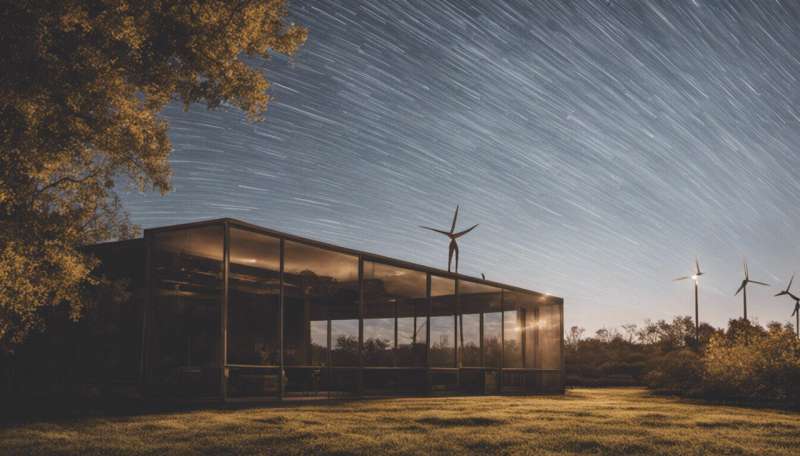Credit: AI-generated image (disclaimer)
Recycling, reusing and reducing are all ways in which Europeans are assisting in efforts to reduce greenhouse gas (GHG) emissions. It is a far cry from the days when we threw everything away without thought. Now we know it is the simple solutions that are making the difference. One example is lighting, which accounts for 14 % of electricity consumption in the EU. As a result, incandescent bulbs are being phased out in Europe and replaced with new energy-efficient and eco-friendly lighting technologies.
The EU has committed to cutting its GHG emissions by at least 20 % by 2020 and to improving energy efficiency also by 20 %. As part of this effort, the European Commission launched its Green Paper on 'Lighting the Future - Accelerating the deployment of innovative lighting technologies'. This in turn is raising awareness of the benefits of light-emitting diode (LED).
This Green Paper is part of the Digital Agenda under the Europe 2020 strategy for smart, sustainable and inclusive growth. It sets out the key issues to be addressed in a European strategy aimed at accelerating the deployment of high-quality solid state lighting (SSL) for general lighting. Its main objective is to help Europe achieve its key energy efficiency, industrial and innovation policy objectives.
Since the Digital Agenda for Europe is a cross-cutting initiative, this Green Paper has important links to several other flagship initiatives of Europe 2020. For example, it proposes to apply several of the general policy goals the EU has defined in its innovation and industrial policy in the field of SSL. It also proposes a framework of actions related to Horizon 2020, the next framework programme for research and innovation, and the thematic strategy on the prevention and recycling of waste.
SSL has proven to be the most innovative technology emerging in the market, saving up to 70 % energy and reducing costs compared to other lighting technologies. It was first introduced in traffic lights and car lights, and is widely used for lighting displays, televisions and now the general lighting market.
It is based on light-emitting, semi-conducting materials that convert electricity into light and comprises LED and organic LED (OLED) lighting.
But it's not just on energy saving where SSL comes into play. It is also driving innovation, construction, transport sectors and even businesses (many of them small and medium-sized enterprises (SMEs)), which is leading to jobs and growth in Europe. Today, the European lighting sector employs around 150 000 people, with an annual turnover of EUR 20 billion.
Neelie Kroes, Vice-President of the European Commission says: 'Solid-state lighting is more efficient than old-style tungsten bulbs-saving money and carbon emissions. But it's also more versatile and controllable. Plus, the better quality of light makes a real difference - when it's used in classrooms, for example, you see a noticeable boost in educational outcomes.'
More information:
ec.europa.eu/digital-agenda/
ec.europa.eu/research/horizon2 … ndex_en.cfm?pg=h2020
Provided by CORDIS






















